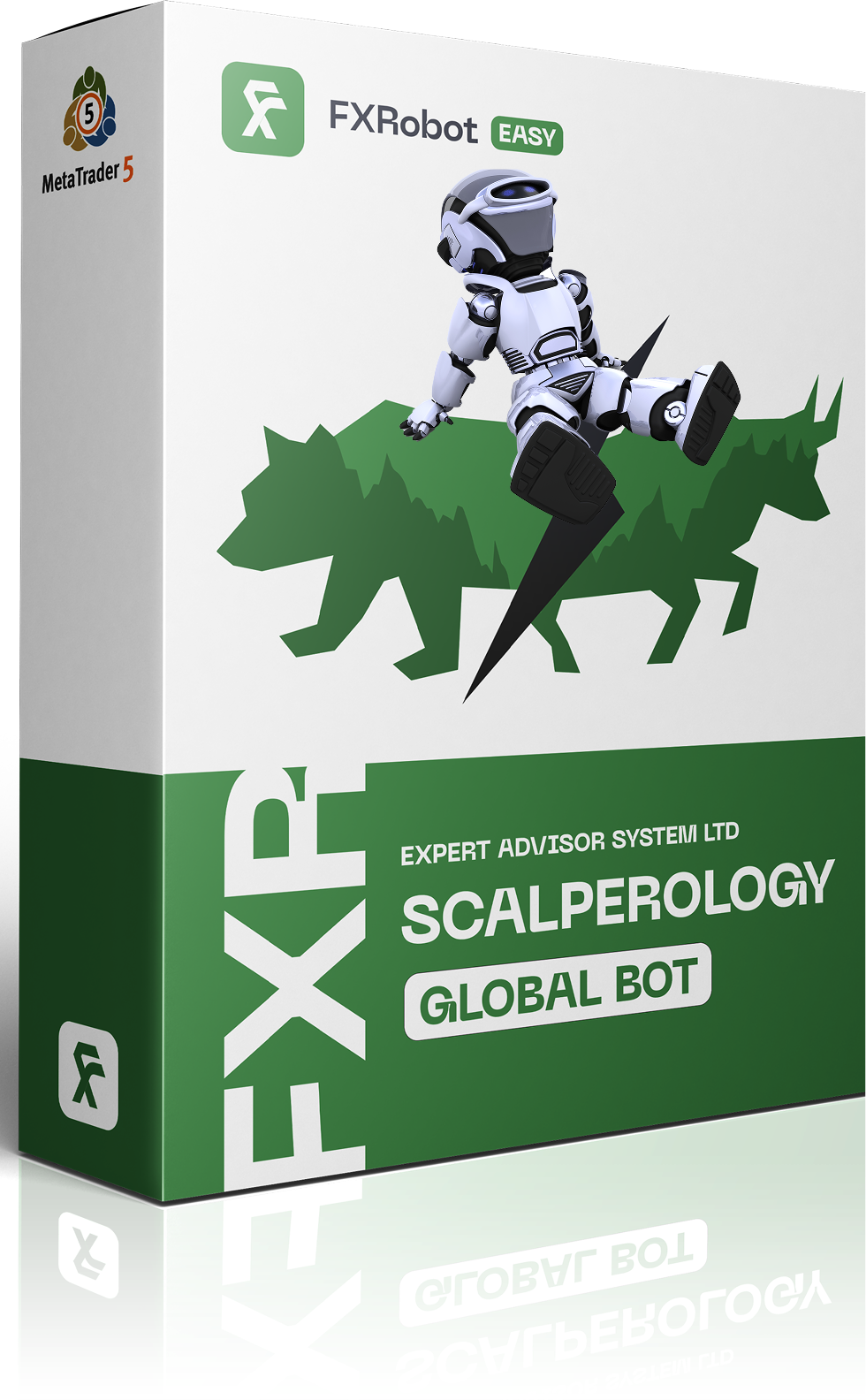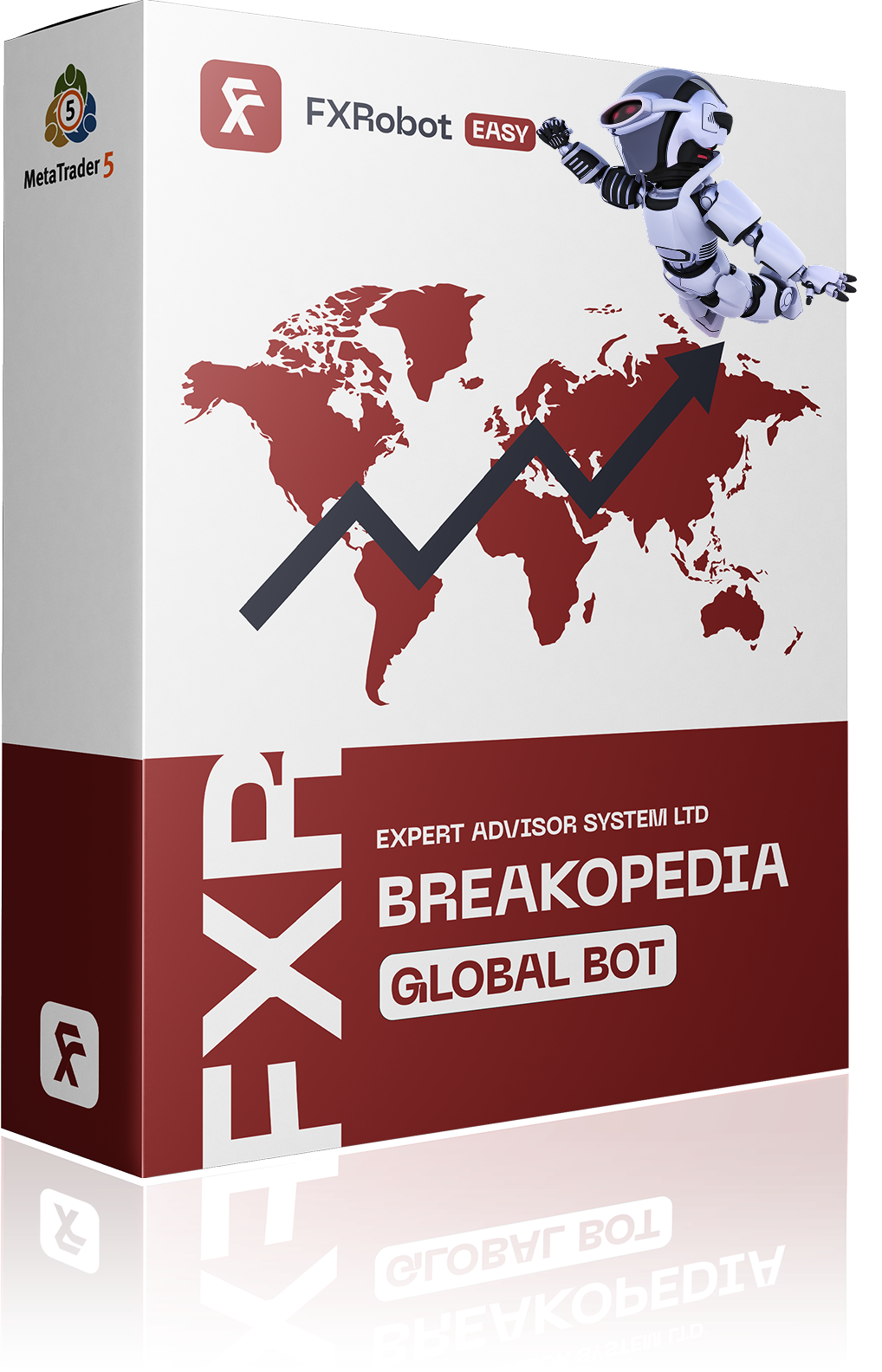At this time, purchasing EASY Bot items is not available to all members. Read more - how to get access to purchase
Supply And Demand Principles





Understanding Supply and Demand Principles in Trading 📈
The dynamics of financial markets are fundamentally shaped by the concepts of supply and demand. When traders comprehend these key principles, they can more effectively identify price levels where buying and selling interest tends to converge. Areas of high demand signify a potential for price increases as buyers outweigh sellers, while high supply indicates a situation where sellers dominate, often leading to price declines.
Effective trading strategies often hinge on recognizing these zones. Traders utilize specific indicators and market analysis techniques to identify support and resistance levels. Both of these terms refer to critical price points where reversals may occur. Key factors contributing to these levels include historical price movements, market sentiment, and economic indicators that can signal shifts in supply or demand.
- Supply zones often reflect periods of high selling activity.
- Demand zones highlight areas where buying interest surges.
- By recognizing these zones, traders can establish risk management strategies and enhance their entry and exit points.
Ultimately, mastering supply and demand principles equips traders with invaluable insights, fostering more informed trading decisions and greater potential for profitability.
The Role of Trading Robots in Supply and Demand Strategies 🤖
Trading robots, also known as automated trading systems or expert advisors, play a pivotal role in implementing supply and demand strategies with remarkable precision. By harnessing advanced algorithms, these robots analyze market trends and identify key supply and demand zones, allowing for timely trade executions that would be challenging for human traders to achieve consistently.
One of the foremost advantages of using trading robots is their ability to operate continuously without the emotional biases that can affect human traders. They follow predetermined rules based on supply and demand dynamics, ensuring that decisions are data-driven rather than influenced by market sentiment. This results in a more disciplined approach to trading, which is essential in volatile markets.
- Trading robots can instantly recognize price action patterns, signaling potential entry and exit points based on identified supply and demand levels.
- They often feature customizable settings, allowing traders to tailor strategies according to their risk tolerance and market conditions.
- By managing multiple trades simultaneously, these robots can optimize overall performance and take advantage of various opportunities.
Incorporating trading robots into supply and demand strategies not only enhances efficiency but also improves the likelihood of achieving consistent profitability in the complex world of forex trading.
Key Features of Supply and Demand Trading Robots 🛠️
Trading robots designed for supply and demand strategies come equipped with various features that enhance their effectiveness and usability. One of the most significant attributes is the ability to automatically identify supply and demand zones, allowing traders to make informed decisions based on precise market data.
Another vital feature is customizable trade settings, which enable users to adjust parameters such as entry and exit points, stop losses, and take profit levels to align with their trading goals and risk appetite. This flexibility allows traders to create tailored strategies that suit their unique trading styles.
- Risk management tools are essential, as they help mitigate potential losses by setting predefined levels for trade exits.
- Real-time alerts notify traders of significant market movements or potential opportunities, ensuring they are always aware of crucial developments.
- Many robots also include backtesting capabilities, enabling users to evaluate how their strategies would have performed historically across various market conditions, enhancing confidence in their approaches.
With these features, supply and demand trading robots empower traders to navigate the complexities of the forex market effectively, optimizing their strategies and ultimately improving profitability.
Successful Trading with Supply and Demand Indicators 💡
Utilizing supply and demand indicators can significantly enhance trading success by providing traders with critical insights into market dynamics. These indicators help identify key price levels where buying and selling pressure is likely to converge, thereby aiding decision-making in both entry and exit strategies.
One of the primary benefits of using supply and demand indicators is their ability to pinpoint strong support and resistance levels. When prices reach these levels, they often experience reversals, creating optimal trading opportunities. Traders can use this information to set favorable trade parameters, maximizing potential gains while minimizing risks.
- Visual representation of supply and demand zones simplifies the analysis process, making it easier for traders to identify critical market points at a glance.
- Effective indicators often include additional features such as trend analysis and volume data, providing a comprehensive view of market sentiment and strength.
- Many successful traders combine multiple supply and demand indicators to create a robust trading plan, improving accuracy and reliability.
By incorporating these indicators into their trading strategies, traders can enhance their ability to navigate the complexities of the forex market. The strategic use of supply and demand indicators ultimately leads to more informed decisions and increased trading profitability.
Enhancing Trading Success with Advanced Algorithms 📊
Advanced algorithms are transforming the landscape of trading by providing enhanced analytical capabilities and automating complex decision-making processes. These algorithms leverage large datasets and sophisticated mathematical models to identify trends, forecast price movements, and execute trades with remarkable precision.
One of the key advantages of utilizing advanced algorithms is their ability to analyze vast amounts of market data in real-time. This capability enables traders to quickly spot emerging opportunities and react to market changes more effectively than traditional methods allow. The speed and efficiency of algorithmic trading can lead to significant advantages, especially in fast-paced markets.
- Machine learning techniques improve algorithm performance by enabling systems to learn from past market behaviors and adapt to evolving patterns.
- These algorithms can recognize complex relationships between various market factors, providing insights that are often missed by human traders.
- Furthermore, advanced algorithms are capable of executing automated trades based on predefined criteria, reducing the emotional stress associated with trading and ensuring disciplined execution.
Overall, integrating advanced algorithms into trading strategies not only increases the likelihood of success but also empowers traders to stay competitive in an increasingly technological marketplace. The precision and adaptability of these systems pave the way for enhanced trading outcomes and greater profitability.